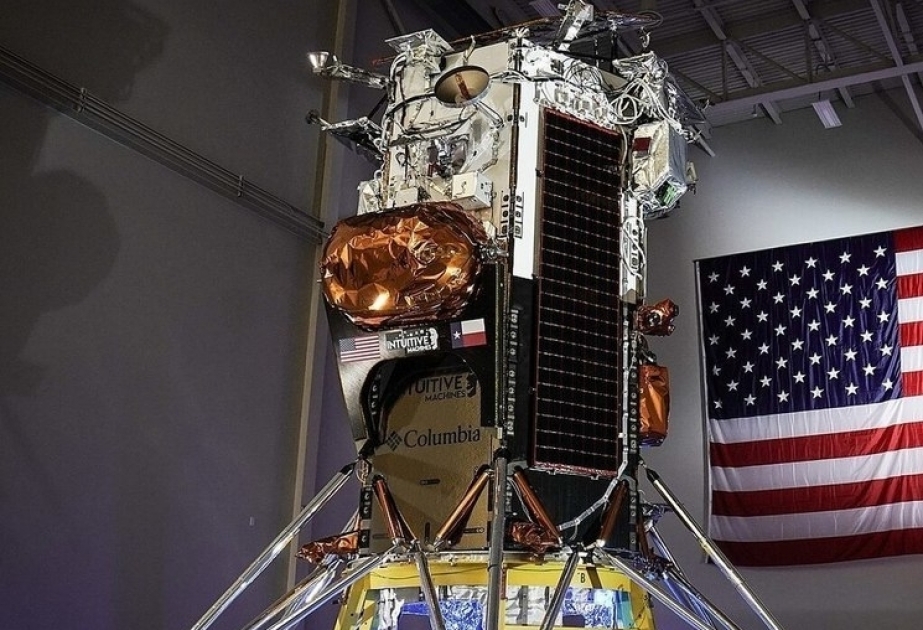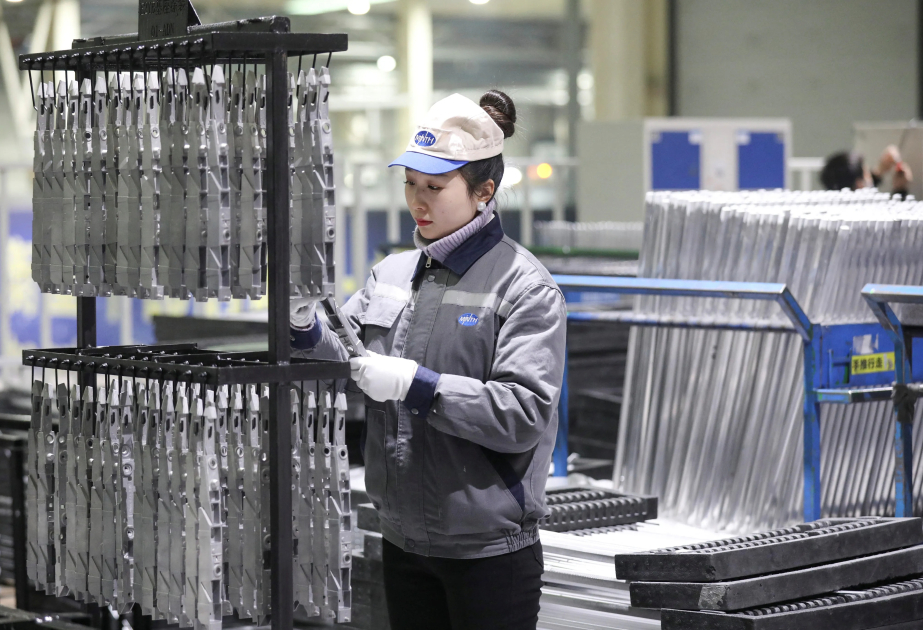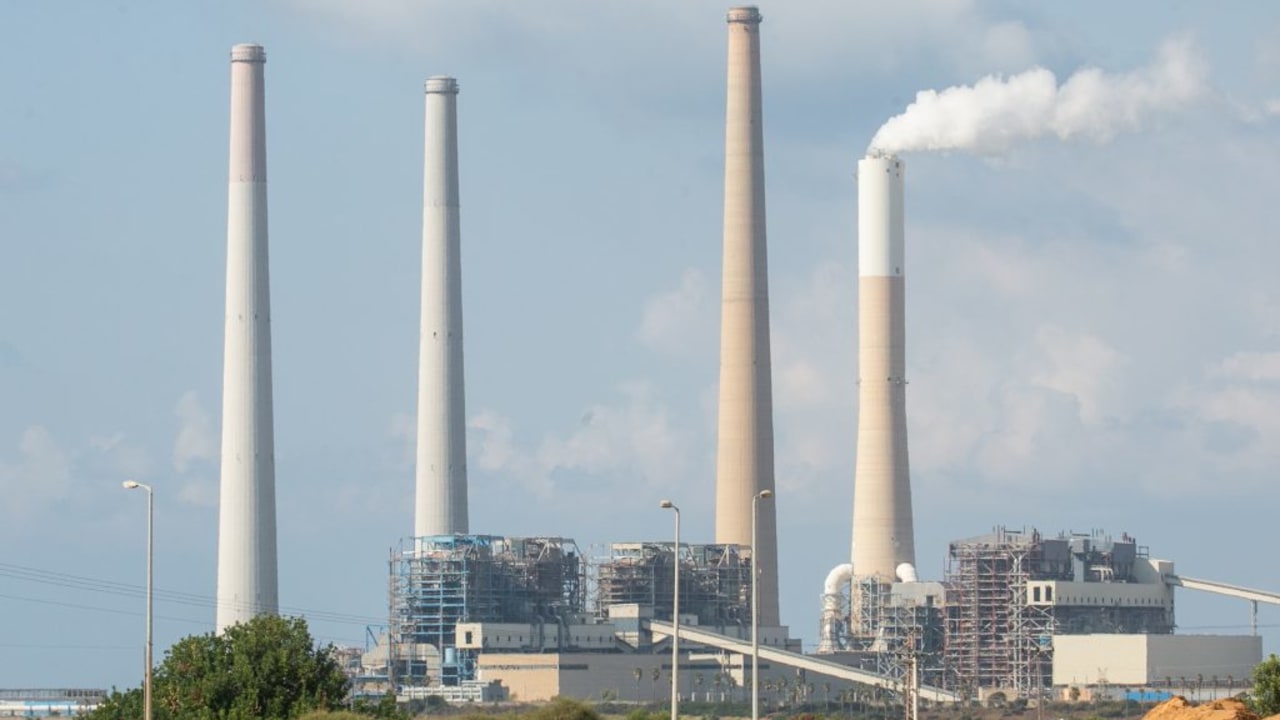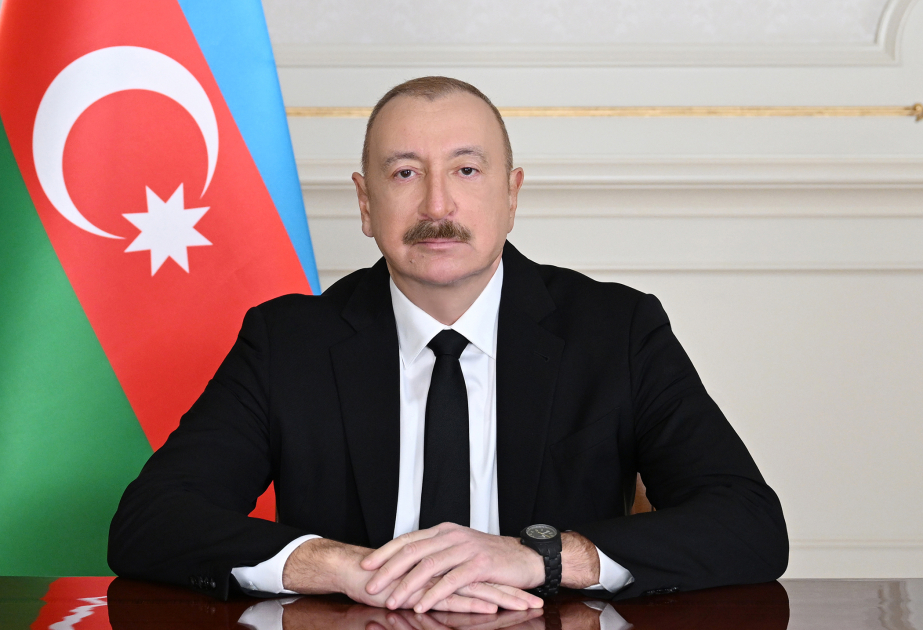Falcon 9 launches first Intuitive Machines lunar lander
An Intuitive Machines spacecraft is on its way to the moon Feb. 15 in the company’s quest to be the first commercial entity to successfully land on the lunar surface, according to spacenews.com.
A SpaceX Falcon 9 lifted off at 1:05 a.m. Eastern from Launch Complex 39A here after a 24-hour delay. The rocket’s upper stage deployed the Nova-C lander, called Odysseus, about 48 minutes later, after placing the spacecraft on a trajectory towards the moon.
The lander will arrive at the moon on Feb. 21, going into an orbit about 100 kilometers above the moon. That will set the spacecraft up for a landing attempt near the Malapert A crater, in the south polar region of the moon, late in the afternoon (Eastern time) Feb. 22. Intuitive Machine has not disclosed specific times for either orbit insertion or landing.
A key milestone for the IM-1 mission will come about 18 hours after launch, when the spacecraft fires its main engine for the first time in a commissioning test. That engine, developed by Intuitive Machines and using liquid oxygen and methane propellants, will later be used for any necessary trajectory correction maneuvers as well as for going into orbit around the moon and the landing itself.
“That’s a critical maneuver and, if we make that maneuver go well, we’re on our way to the moon,” Steve Altemus, chief executive of Intuitive Machines, said in a Feb. 12 interview. “I think our confidence level goes from 75 to 80% to about 90% once that commissioning maneuver is done.”
The lander was fueled with liquid oxygen and methane starting a few hours before liftoff. An issue involving what SpaceX called “off-nominal methane temperatures” prevented the spacecraft from being fueled for a launch attempt 24 hours earlier.
The spacecraft’s primary customer is NASA, which is flying six payloads through the Commercial Lunar Payload Services (CLPS) program under an award valued at about $118 million.
The NASA payloads are heavily weighted towards technology development, including a Doppler lidar to collect lander velocity and altitude data during its descent, a camera to study the plume of lunar dust created by the engine as the spacecraft lands, and an instrument that uses radiofrequency technology to measure the amount of propellant in the lander’s tanks.
“What we have planned for IM-1 really concentrates on safe landing,” said Susan Lederer, NASA CLPS project scientist, during a Feb. 12 briefing. That includes challenges of operating at the south polar region, where both the sun and Earth are low on the horizon. “I think it’s a very good place to start by having some slightly more straightforward payloads.”
Other NASA payloads on IM-1 include a demonstration of a navigation beacon that could be used as part of a future lunar navigation system, as well as a laser retroreflector for precise ranging that has also been flown on other landers, including India’s Chandrayaan-3 and Japan’s SLIM.
One NASA science payload is the Radio Observations of the Lunar Surface Photoelectron Sheath, or ROLSES, which will perform low-frequency radioastronomy that can’t be done from the Earth because of the ionosphere. ROLSES will measure various sources of radio noise from the Earth, sun and the lander itself, as well as a sheath of electrons just above the lunar surface created by sunlight.
The spacecraft is also carrying six non-NASA payloads. They include an artwork called “Moon Phases” by Jeff Koons, a data archive from Galactic Legacy Labs, a prototype of a lunar data center payload by Lonestar Data Holdings and an astronomical camera from the International Lunar Observatory Association, a precursor for a proposed observatory at the lunar south pole.
Another commercial payload is part of the lander itself: thermal reflective material called Omni-Heat Infinity developed by Columbia Sportwear. The material is identical to that used in the company’s jackets to reflect body heat.
EagleCam was developed by more than two dozen students at ERAU over four years after Altemus, an alumnus of the university, offered to fly a student payload if it could take a picture of the lander. “We took the idea and ran with it,” said Taylor Yow, one of the student team leaders for EagleCam, at a Feb. 12 briefing. “The whole project was student-run, student-designed and student-built.”
Getting a single image of the landing would qualify as a successful mission, said Troy Henderson, the faculty adviser for EagleCam. But, he added, “if we get all of the data that we expect, we’ll have five-plus years of graduate student theses and dissertations.”




.webp)











